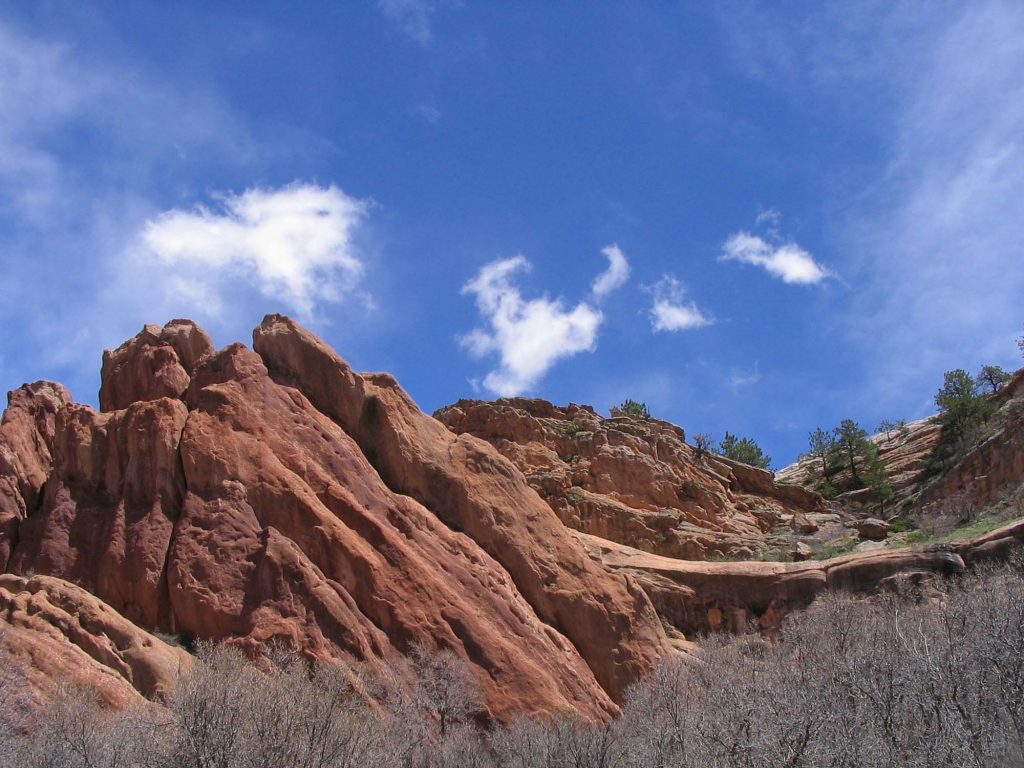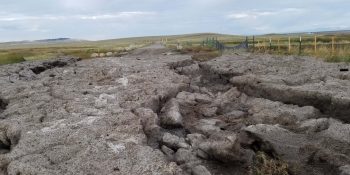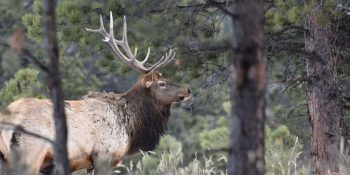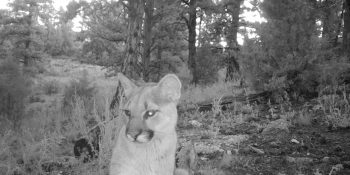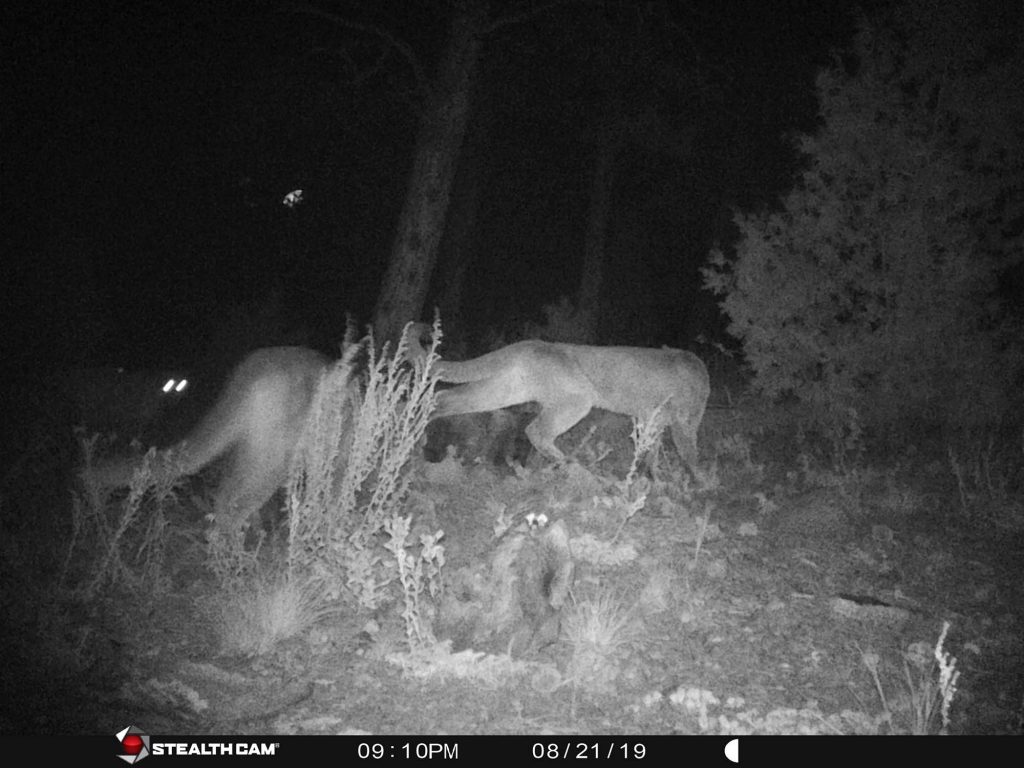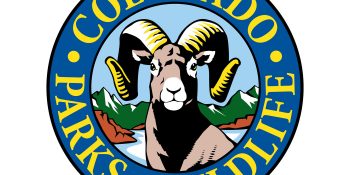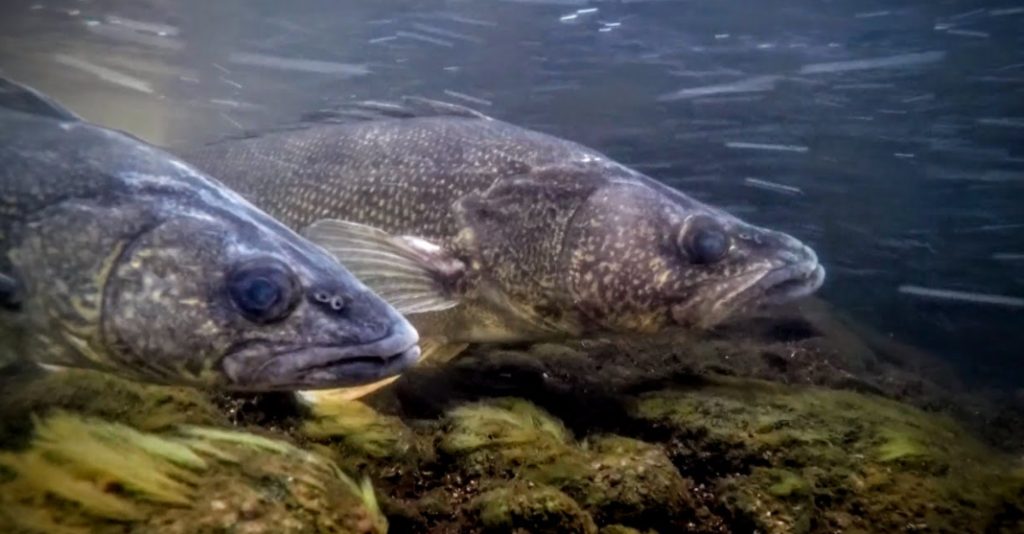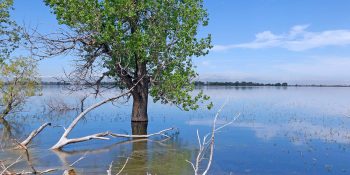BOULDER — Colorado Parks and Wildlife aquatic biologist Ben Swigle stocked 1,000, seven-inch tiger muskie fish into Gross Reservoir on a sunny Tuesday at the 440-surface acre reservoir sitting at 7,282 feet in southwest Boulder County.
A non-native fish, and one that is a hybrid, the tiger muskie plays a small albeit important role in the management of fisheries across Colorado.
“They are considered a silent predator to help us control undesirable species that are present in some of our lakes and reservoirs,” said Senior Aquatic Biologist Jeff Spohn.
The undesirable species in Gross Reservoir are white and longnose suckers, fish that if left uncontrolled could dominate the water. The same holds true across many Colorado waters where predatory fish are stocked to keep the natural ecosystem in balance.
Swigle has seen great results in balancing the species of the fish at Gross Reservoir.
“Ten years ago we had 78 percent sucker biomass in the reservoir, but we started stocking tiger muskies and brown trout and that has gone down to like 35 percent,” Swigle said. “You stock the predators and are able to flip that.”
The nice thing about tiger muskie is they are easier to control.
A tiger muskie is a northern pike and Muskellunge (muskie) hybrid. It has irregular, dark-colored vertical markings on a light background and long snout. They differ from a northern pike in the fact that, since they are a hybrid, they are sterile and can’t reproduce. Northern pike, which too were once stocked in Colorado as a predatory fish and have also been illegally introduced into other bodies of water, have the capability to take over a fishery and dominant the trout population, which is the bread and butter species of sportfishing in Colorado.
This year, 15,000 tiger muskies will be stocked statewide into 29 different bodies of water. Those only go into sportfish reservoirs (never get stocked in rivers) to control white and longnose sucker populations. Those sucker species are native to the South Platte Basin, and their numbers can exponentially grow if left unchecked in stillwater reservoirs.
All of the stockings take place in the fall. Some of the better bodies of water in the vicinity of the Front Range where they are stocked also include Evergreen Reservoir, Antero Reservoir, Pinewood Reservoir and Big Creek along with Gross Reservoir.
That number pales in comparison to other fish stocked across the state, where if you look at walleye and trout production, those are stocked by the multi-millions. This year alone, looking at fish produced in CPW hatcheries and grown to lengths of catchable sizes, three million trout of at least ten inches in length will be stocked across Colorado.
The Wray Fish Hatchery is responsible for growing Colorado’s tiger muskie population. CPW acquires tiger muskie fry through trades with Nebraska. We supply Nebraska with species they need (commonly walleye) and return ask for tiger muskie.
“The beauty of it is that we can control their numbers, so if they do too good of a job we can always go and take them out and don’t have to worry about them sustaining a population,” Spohn said.
Swigle and the technicians assisting with Tuesday’s annual survey of the Reservoir found a tiger muskie that was stocked last year at seven inches of length had grown to be 18-inches, so they do grow quickly.
The demand of tiger muskie fishing is on the lower end of the angler preference spectrum, however, there is a following that targets them.
Where Muskellunge (muskies) are pure and native in the midwest, they are a highly sought after fish. People travel from all over to catch muskie in their native range. Wisconsin, Minnesota, Michigan and Canada is a hotbed for muskie fishing.
The tiger muskie can test to the skills of anglers, but the powerful and very large fish are sure fun to catch. The state record for the biggest tiger muskie caught in Colorado is 40 pounds, two ounces, caught by Jason Potter at Quincy Reservoir in Arapahoe County in 1994. That fish was 53 inches long.
The bag and possession limit for tiger muskie in Colorado is one fish and it has to be at least 36 inches long to keep.
SPREAD THE NEWS
COMMENT, Like, Follow & SHARE @I70Scout
CURRENT EDITION
WEATHER & TRAFFIC PUZZLES RECENT NEWS ADVERTISE WITH US




